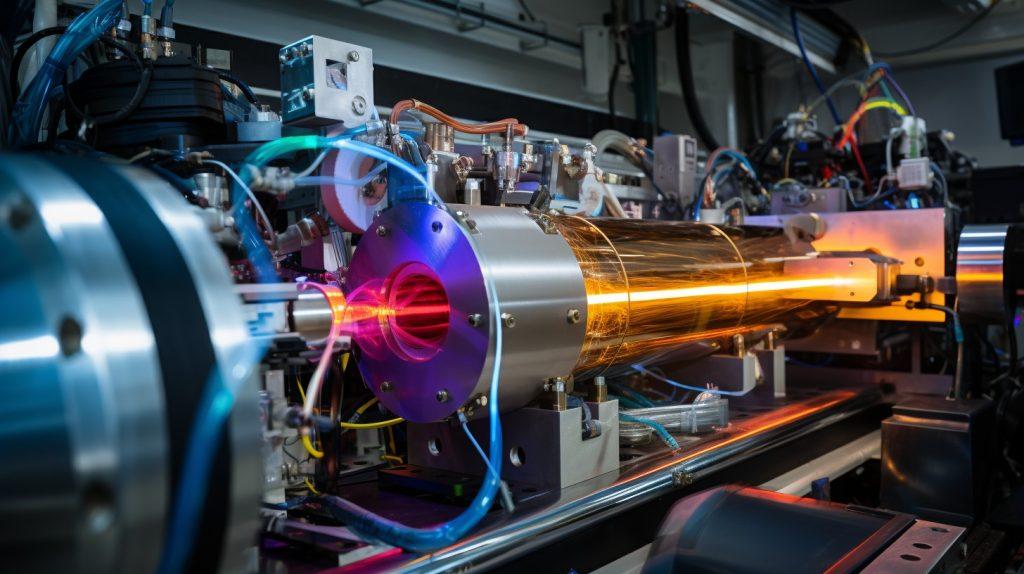The SLAC National Accelerator Laboratory, housing the world’s most potent publicly known X-ray laser, has achieved a major breakthrough with an upgrade to its Linac Coherent Light Source (LCLS). This atomic X-ray free-electron laser, after a decade of effort, now boasts the capability to generate up to one million pulses per second, each shining up to 10,000 times brighter than its predecessors.
This upgrade, according to experts, makes it approximately 8,000 times more powerful than its predecessor.
The extraordinary power of the LCLS-II allows it to emit X-rays with wavelengths as small as an atom, enabling it to examine the internal structures of molecules with remarkable precision. These X-rays arrive in ultrafast bursts, lasting a mere femtosecond (a millionth of a billionth of a second), allowing scientists to capture the motion of atoms and molecules in what can be likened to a “stop-motion movie.” This capability opens doors to tracking chemical reactions in real time and observing quantum phenomena like superconductivity.
The upgraded LCLS-II functions by generating a pulse of ultraviolet light that interacts with a photocathode, initiating the release of a stream of electrons. These electrons are then accelerated to near-light speed as they pass through a series of 37 cryogenic modules containing superconducting magnets, chilled to a frigid minus 456 degrees Fahrenheit (minus 271 degrees Celsius). The resulting beam of electrons is directed onto samples of interest, with the X-rays penetrating the molecules and generating diffracted patterns, revealing intricate structural details. This heightened X-ray laser capability enables scientists to capture detailed snapshots rapidly, facilitating real-time observations of materials and chemical processes.
According to US Secretary of Energy Jennifer Granholm, the LCLS-II’s enhanced X-ray laser will illuminate the tiniest and fastest phenomena in the universe, paving the way for significant discoveries across various scientific disciplines, from human health to quantum materials science. The upgrade includes the installation of two cryoplants to produce liquefied helium gas, adding undulators for X-ray generation, and incorporating more sensitive detectors and advanced data-processing capabilities.
The LCLS-II produces X-rays at both “hard” and “soft” wavelengths, suitable for investigating a wide range of objects, from pharmaceutical molecules to quantum materials. Scientists plan to employ this laser to study processes such as photosynthesis and atomic interactions in condensed matter, contributing to advancements in fields like energy harnessing and pharmaceuticals.
Experiments using the LCLS-II will commence in the coming weeks, with opportunities for researchers worldwide to submit proposals to utilize this cutting-edge laser technology. Given the scarcity of free-electron X-ray laser facilities globally, in the US, Europe, and Asia, prompt proposal submissions are encouraged.
As the DOE Office of Science Director, Asmeret Asefaw Berhe, emphasized, the LCLS-II holds great promise in shaping national science priorities, encompassing fundamental research, clean energy applications, and critical initiatives like quantum information science, with the collaborative efforts of the scientific community expected to drive significant advancements in these domains.

